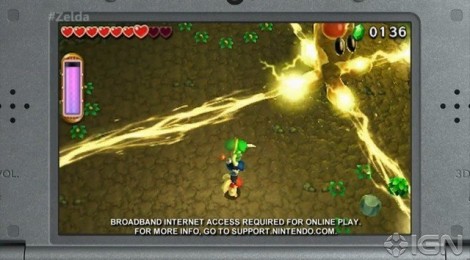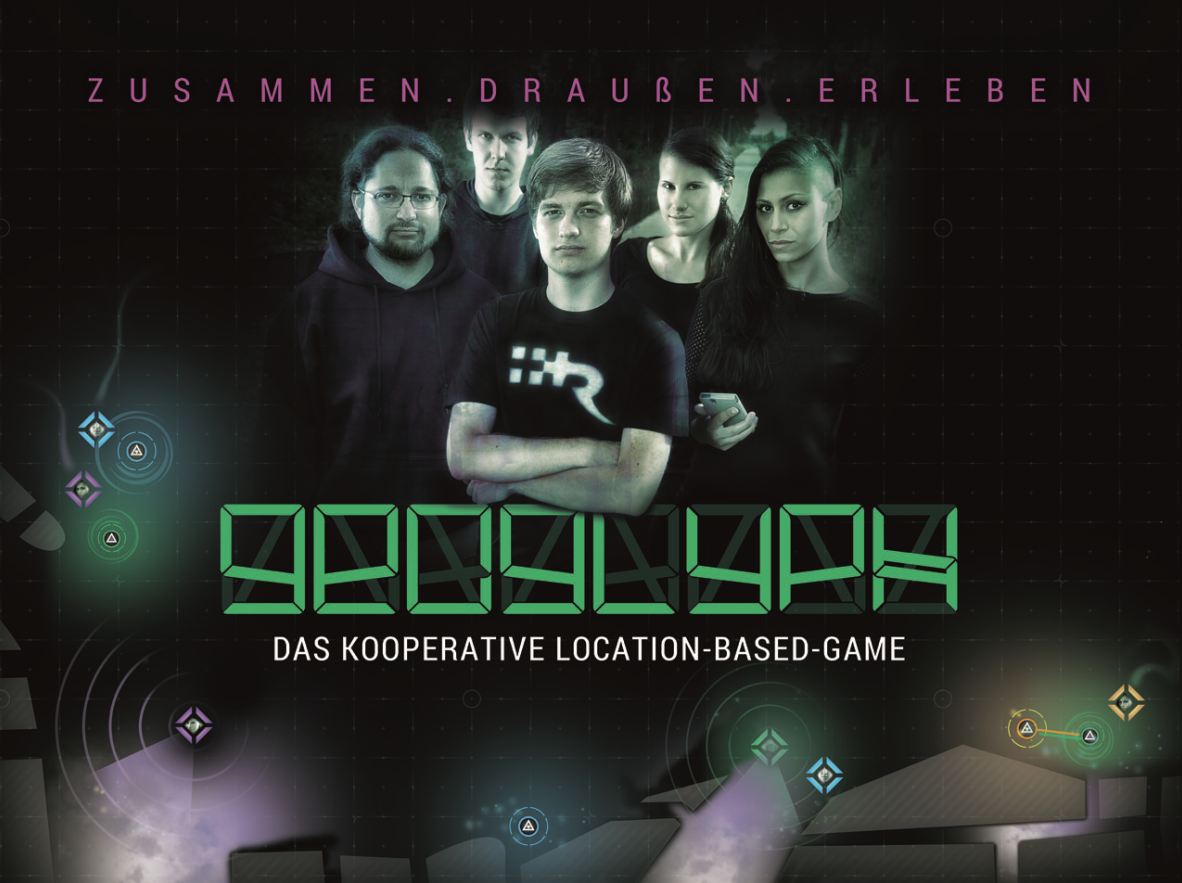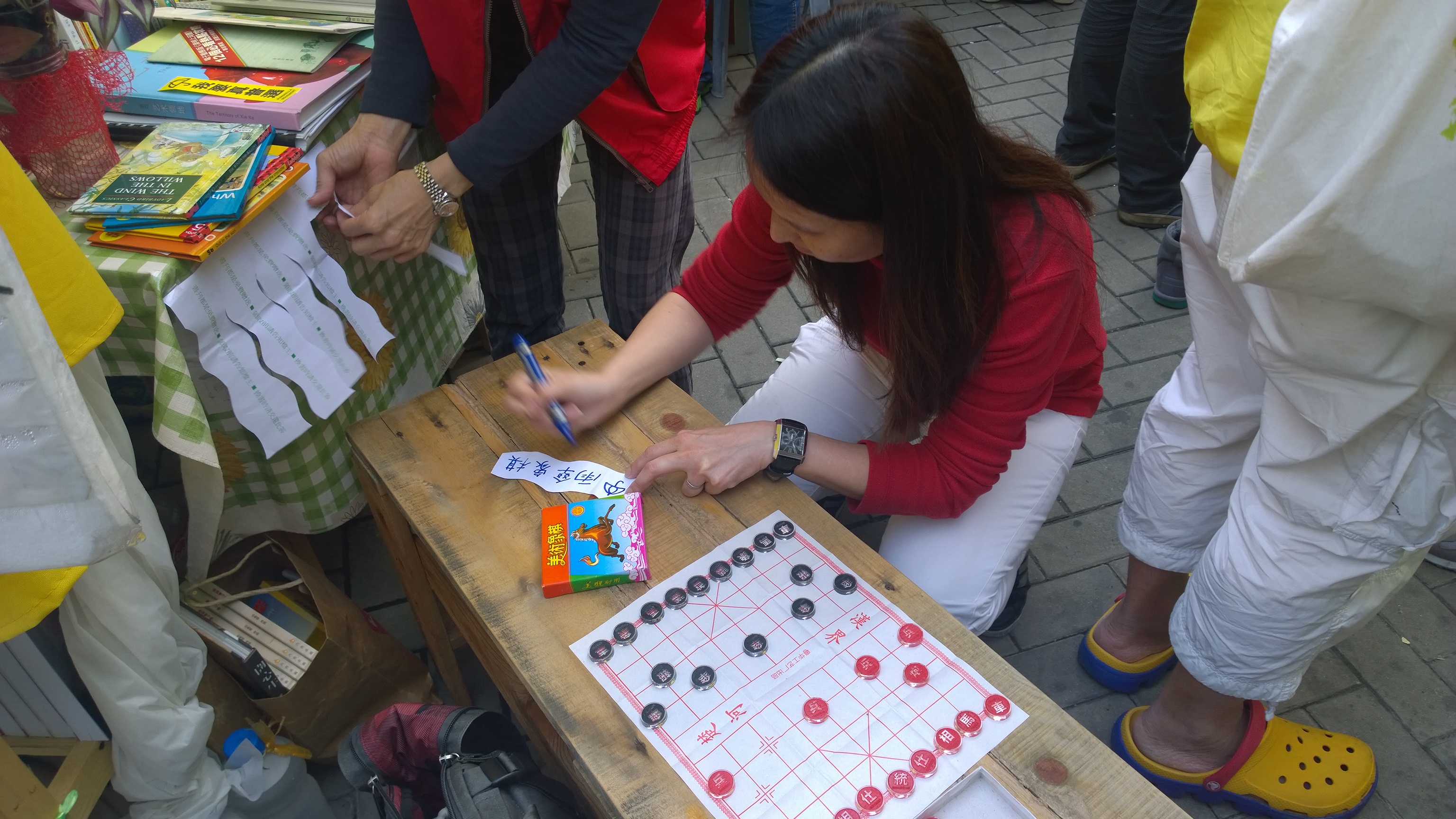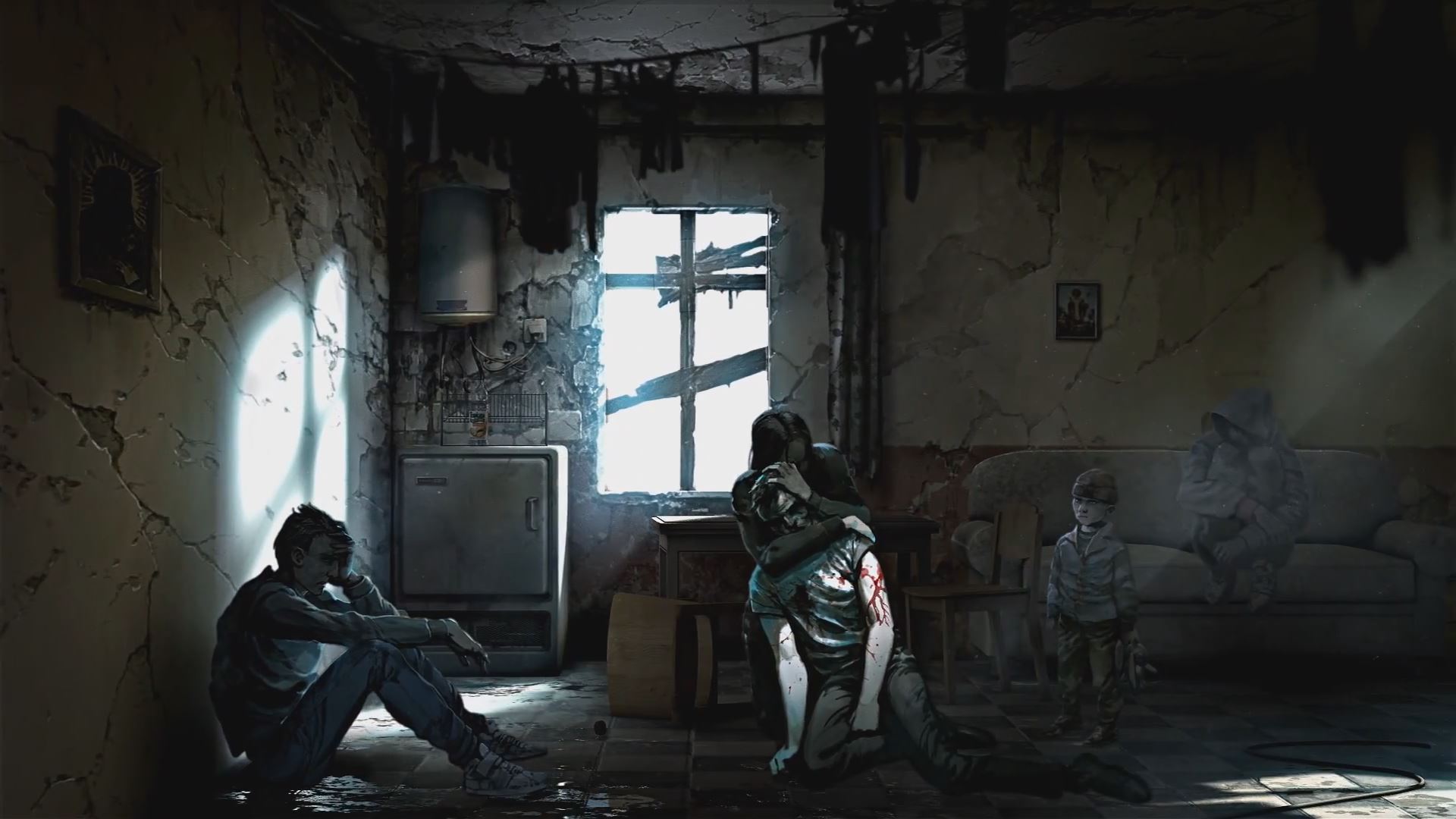Mobile Games That Require Players to Meet
GamesCom in Cologne is one of the biggest trade fairs for the gaming industry worldwide. I went there on a mission: Find games that take gaming out into the streets and which ask players to meet and interact with other players. This type of game doesn’t even have its own genre, yet it does exist. Somehow, at least..
Games that blend aspects of the real world into the game world are called pervasive games. Some people also call them augmented reality games, but this term is too technical for me to really work with it. You might know pervasive games like Niantic Lab’s Ingress (www.ingress.com), or the jogging app Zombies, Run! These games do a fantastic job adding a digital layer to reality, either by creating a parallel universe (Ingress) or even adding narrative elements to real-world activities (Zombies, Run!). However, neither game requires the player to actually interact with the real-world – let alone other people – when playing them; personal interactions are accidental at best. Out of a research interest, I am on the hunt for experiences that combine personal interactions with mobile pervasive gaming. And I did find three games worth mentioning.

I started by wandering the holy halls of the Industry Big-Wigs, EA, Sony, Nintendo, Ubisoft, 2K, Blizzard, not expecting anything that would correspond to my interests here. Yet, I was in for a suprise: I found Zelda – Triforce Heroes on 3DS at the Nintendo booth, a nifty little title that has three players solve collaborative puzzles. With my friends, we had loads of fun playing through the level they had on display. Players have to talk to one another (“Lift me up, so I can reach the crystal ball”, “Move the platform, so I can open the door”), and there is constant bitching if one player keeps dying and eating away all the group’s lives. It’s a prime example of a collaborative game that doesn’t need a living room, even if it does not take into account the player’s surroundings at all.

The Indie Area, where I really expected to find some experiments, was quite a disappointment, however: On the first day, I did not find one single game that met my criteria (Loads of other great games worth playing, though, nothing to complain about here) So I met with Eline Muijres, one of the key member of the team behind Bounden and talked with her about the experience in creating the game. Bounden asks two players to dance together. They simultaneously have to hold a smartphone and follow the on-screen instructions to complete a dance choreography by the Dutch National Ballet. It’s awkward, yet mobile, so theoretically you can dance anywhere.
When asked why they made the game and what happened once it was out, Eline told me that they set out to breaking conventional rules of game-making and get people to connect off-screen. She explained that the game made most players feel awkward at first, but that – with a little practice – they would start to form a team and actually dance. While the game was a success in terms of the experience goals the team set out to achieve, it appears it wasn’t a money-making machine. Why was that? Eline didn’t wait long for an answer: Bounden was created with situations like parties in mind, and requires players who didn’t mind looking silly in front of other people. That’s a very market, if it is a market at all. So she could not market the game by going any particular target group. Additionally, with the game being priced at $4 and being quite difficult, it wasn’t an easy sell despite the many awards it had won throughout the world.
Mathias Sala of the Swiss development studio Gbanga, specialising in location-based pervasive games, mentioned similar issues: For many of their games, they are getting customer support requests because gamers don’t even understand the concept of the game. He warns me, pervasive and collaborative games aimed at a mass market need to be *very* simple. In his experience with games like Gross-Stadt-Jagd, a game event that took place in June of 2015 many people still had trouble even with basics like downloading an app or reading simple instructions. So, not only is there a small market for collaborative mobile games, they additionally cater to a non-gamer crowd, which is even harder to reach or satisfy.
I was disheartened at this point: It seemed that both, meetup-games and pervasive games, didn’t really have a market at this point. Even though we carry around smartphones with sophisticated sensors all around, it seems that there are no viable concepts out there to make them work.

This is when I found Daniel Kondermann and Jonas Andrulis of Geoglyph. They are a young company of passionate gamers who have recently launched a collaborative location-based game by the name of Geoglyph. It is a Tower-Defense game in the urban space. Players have to collaborate and build defenses against ‘entropic emanations’ entering our world. Both guys were extremely optimistic about their game, even though they had often heard how difficult it would be. Yet, they still continued to develop the game against all odds, and are now in public beta.
The game does not ask unknown people to meet, it rather takes groups of friends out into the city and asks them to play tower defense in 20-40 minute sessions. I’ll be excited to hear more of Geoglyph in the coming months. It definitely does look promising. And whoever has ever played a location based game, you should try this. It’s quite a rush of adrenaline before you head to the bar for a beer.
When there isn’t a market, maybe it’s time to create one. Or so it seems. Skylanders just announced that they would launch a mobile card game requiring real cards. What’s the connection, you might ask? Maybe none, but if Skylanders actually asks you to trade your cards with your real, analog, friends in order to collect them all, there goes your digital game making real people connect. Not in the way I would have expected it to happen, but still.
EDIT 2017: At the time of of publication, Pokemon Go hadn’t appeared yet.



